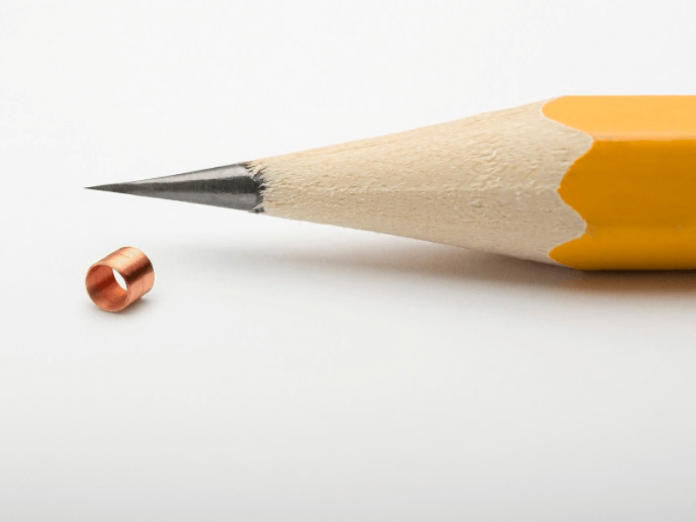The manufacturing process of micro-coils involves the joining of ultra-fine wires. In order to link up two ultra-fine wires of similar or different dimensions, the most common technique that modern-day manufacturers use is thermal compression bonding. Before thermal compression bonding, there were some traditional methods to join two wires such as the soldering method where a metal with a lower melting point helps to join the wires, and the welding method where melting helps to join two wires. However, with the invention of thermal compression bonding, manufacturers are now able to join wires of dimension about 9 microns. You can also join a wire with another twelve times thickerwire.
Therefore, thermal compression bonding or micro coil compression bonding has opened up the way for joining ultra-fine wires of similar or different dimensions that are necessary for the manufacture of micro coils.
In this modern era, in the medical and electronics sectors, the demand for miniaturized components such as sensors, transducers is increasing significantly.There are several constraints to use traditional welding and soldering methods due to physical and environmental factors. On the other hand, to prepare the components the joining of the wires is necessary. Therefore, micro-coil compression bonding has become the main remedy to solve the problem.
Besides the manufacturing of the components, the ultra-fine wires are useful in the preparation of positioning systems and the state-of-the-art micro motion control. As the manufacturing of the components involves ultra-strict tolerance requirements, we can not now rely on the traditional methods.
The Connections Of Micro Compression Bonding:
Micro coil compression bonding helps to connect –
- Ultra-fine wires,
- Miniature copper thermocouples,
- Two metals of micro coils in a printed circuit board,
- A support system of micro coils through metal-plated terminals.
The connections through micro compression bonding technology are effective to provide stain-free, corrosion-free, and high reliable joins. As the manufacturing cost of the micro-coils has become very low through micro coil compression bonding due to mass production, therefore, the process provides more economic advantage than the soldering or welding methods. This process is very useful in medical applications and thermal compression bonding helps in mass production with high standards. Besides medical applications, the process is effective for preparing long-life products such as permanent implants.
Advantages:
Micro coil compression bonding provides several advantages such as –
- High reliability in connection due to the absence of oxidization,
- A low noise level,
- Protection of sensitive components,
- Connections provide strain relief phenomenon,
- Low manufacturing costs due to mass production,
- Automated production in order to eliminate human errors.
Applications:
The micro coil compression bonding process has an effective role in the preparation of ultra-fine wires and micro coils. These micro coils have several applications –
- Therapeutic Applications: In the manufacturing of devices such as electricity-based ablations such asRF coils and microwaves, and electro-physical treatments such as neural and cardiac treatments.
- Active Implants: In the case of pain management, the devices of micro-compression bonding help to monitor and control stimulation components of the deep brain, and implemented pace-makers, the micro-coil compression bonding is effective.
- Diagnostics and Navigation: This process is also helpful in the preparation of diagnostics and navigation sensors.
Disclaimer: This article contains sponsored marketing content. It is intended for promotional purposes and should not be considered as an endorsement or recommendation by our website. Readers are encouraged to conduct their own research and exercise their own judgment before making any decisions based on the information provided in this article.



































